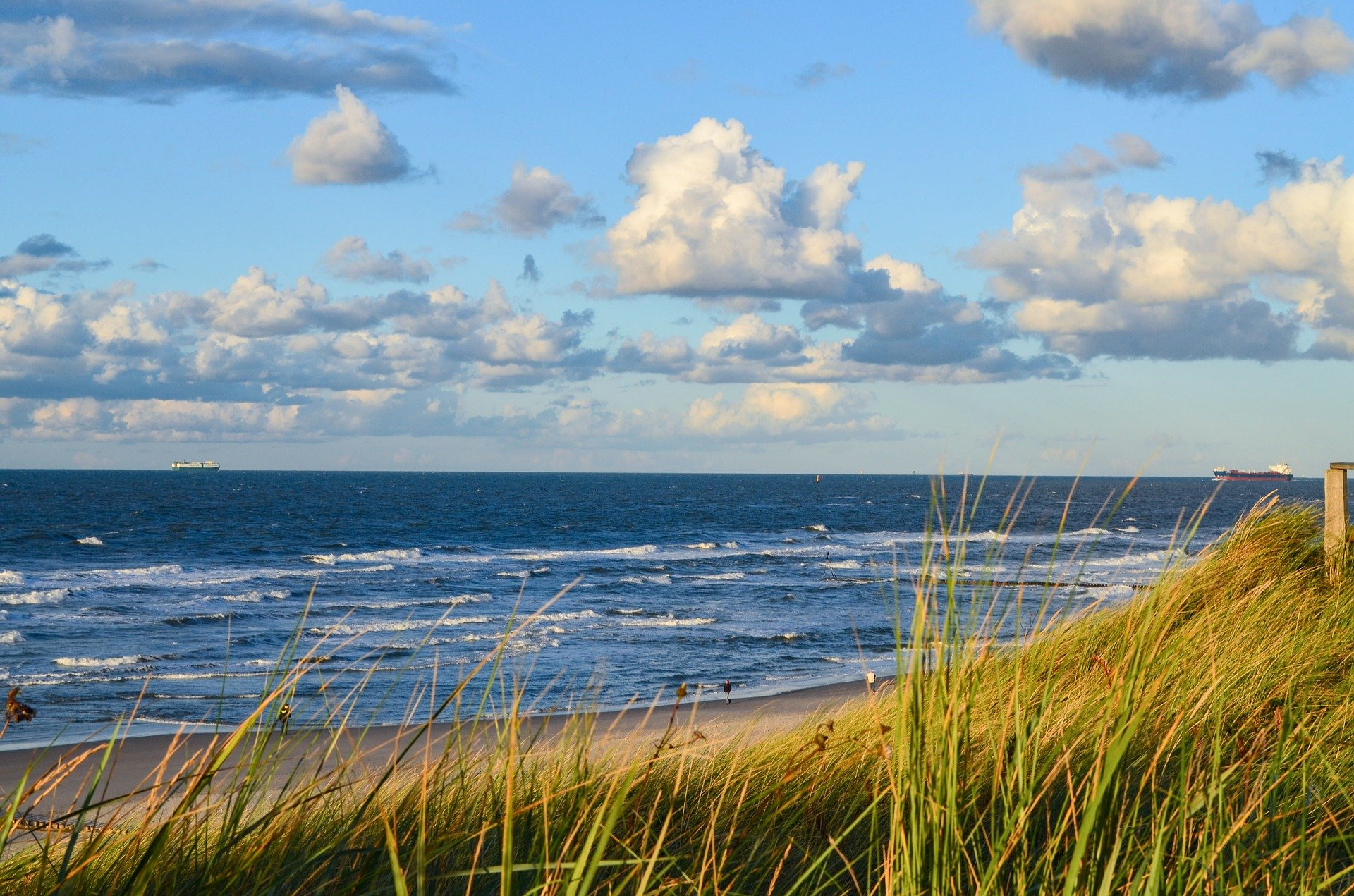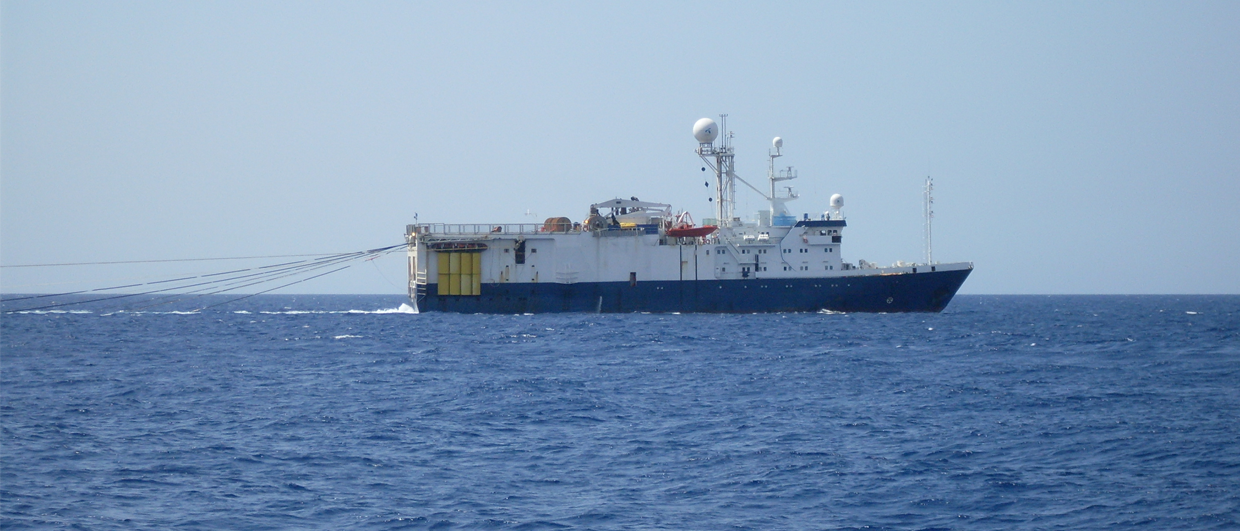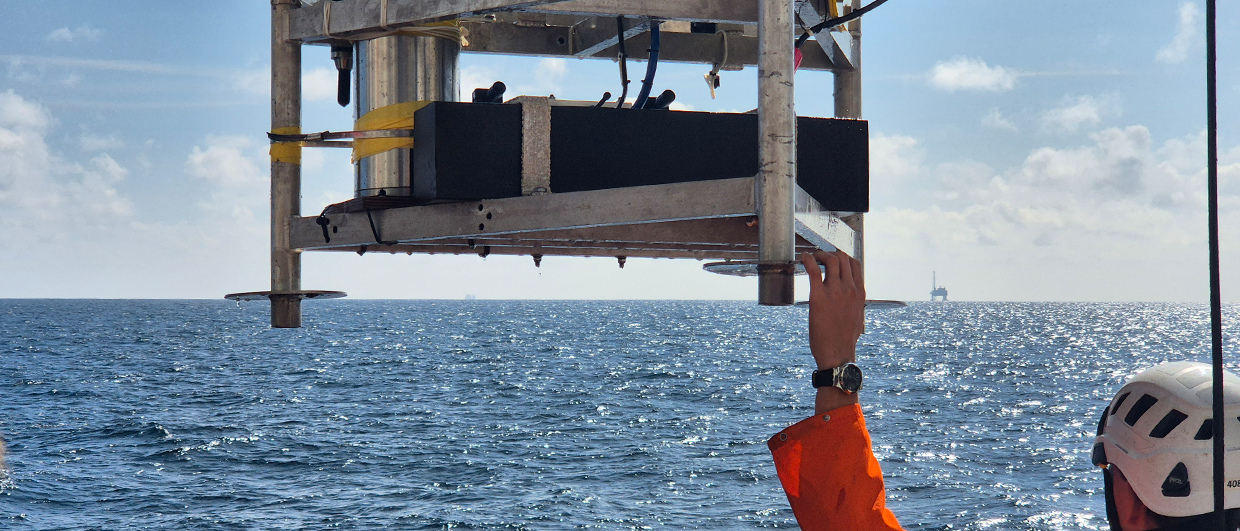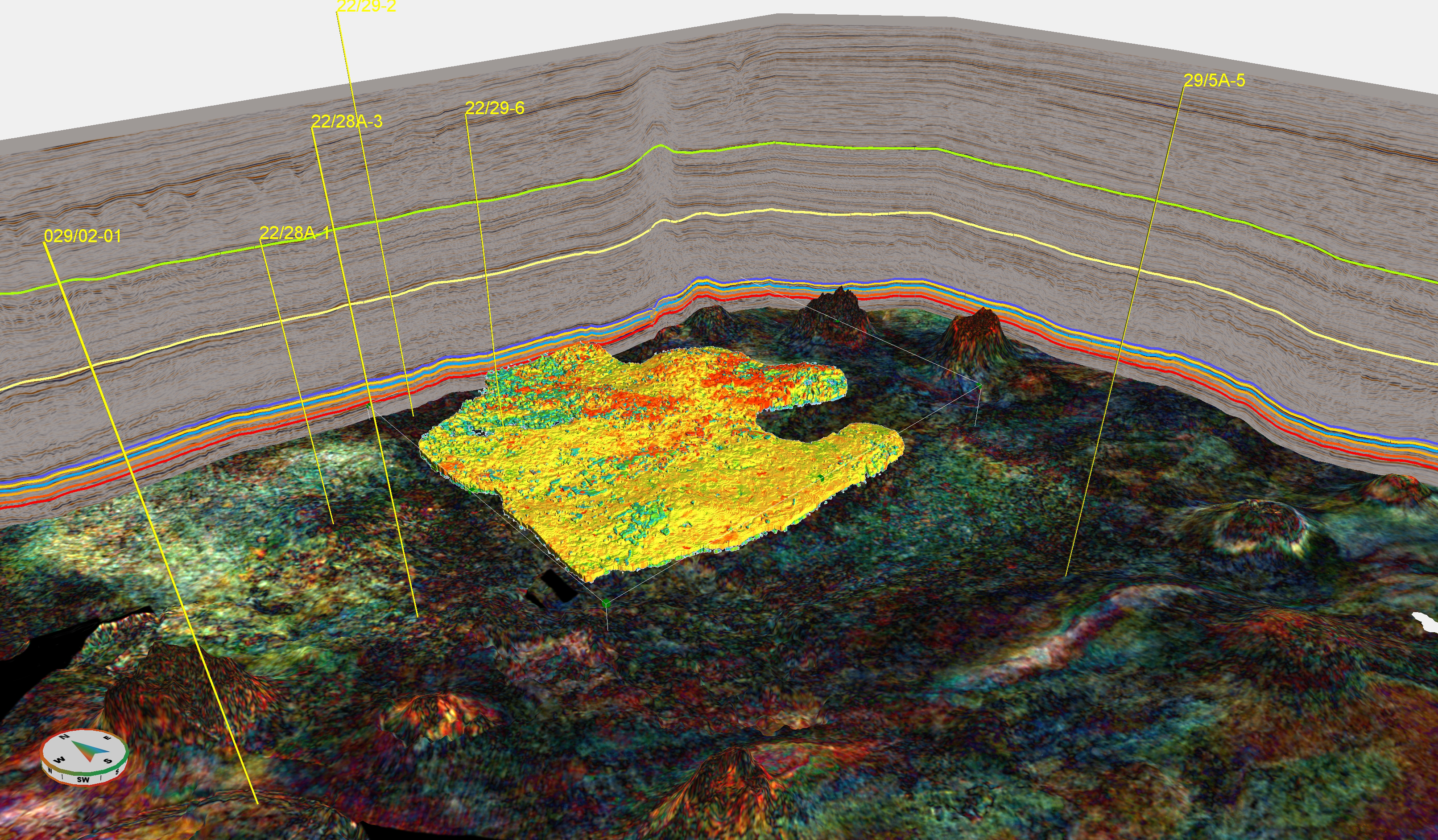No reservoir for Schweinsteiger
We start today’s wrap-up in the northernmost part of the Norwegian Northern North Sea, where Wellesley Petroleum recently spudded well 6204/11-3 in the hope to find hydrocarbons in Lower Cretaceous Åsgard Formation sandstones. A week ago, the NPD unfortunately announced that the well did prove a Lower Cretaceous section, but no reservoir was found. The well terminated in basement rocks at a depth of 1290 metre below sea level.
Dugong, Liatårnet, Echino South, …
NCS Exploration – Recent Discoveries 2020, October 14-15
Outcomes of Danish Round still to be announced
A bit further down south, in Denmark, it seems that the government has still not made up its mind whether to go ahead with awarding new oil and gas exploration licences or not. The companies that submitted an application to the 8th Danish Licensing Round are still waiting for the results. The round closed on 1st February 2019, with the intention at the time that the results would be announced in six months.
As also highlighted in an opinion piece published in a Danish newspaper this week, it is surprising that the government seems to be unable to decide whilst being aware of how many jobs are directly and indirectly dependent on the offshore sector.
Tyra redevelopment
At the same time, Noreco this week published their outlook for production on the Danish Continental Shelf, with production forecasts looking healthy until 2029. This is mostly thanks to the Tyra redevelopment project which is currently underway. This project represents the biggest investment in the Danish offshore sector to date and it is expected that it will be in production for 25 years to come.

More oil in Cook
In the UK, the annual Devex conference took place this week. Many operators shared their experiences operating often small or very mature fields.
An interesting case study was shared by Ithaca Energy, when Arvid de Groot presented the story behind drilling a water injection well in the small Cook field in the Central North Sea (21/20a). Having so far had only one producer, it was decided to drill a water injection well because of positive production results. The company obviously wanted to drill the injector furthest away from the producer, but it knew that a fault was running between the wells in that case.
The outcome of the well was a surprise, as the oil-water contact proved deeper than in the production well compartment. However, pressure points showed that the newly drilled block was equally depleted as the one form which production had taken place. The only conclusion possible was that the fault was sealing upon discovery, leading to separate contacts, but that the effect of pressure depletion led to a break-down of the sealing capacity. This also explained why the field had so far been producing above expectations.
An exodus at Hurricane
At troubled Hurricane Energy, the exodus of executives continues. This week, Dr Alan Parsley, non-executive Director, as well Mr Leonard Tao, alternate director to Dr Parsley both left the company that recently announced a major prospective resources write-off in the light of significantly reducing the oil water contacts in their West of Shetland basement play.
A fresh look at data storage
An important announcement was made this week when the Oil and Gas Authority made public that Osokey will be the company to help develop the National Data Repository (NDR). Formerly called CDA and now NDR, management of the platform has been in the same hands for a long time. Founded by a group of former Shell subsurface specialists, Osokey will almost certainly look at structuring the massive amount of subsurface data in another and more user-friendly way.
Don’t forget Belgium
Belgium does not feature on Expronews very often. It’s a country with a tiny offshore area compared to any other North Sea country. Yet, it is important for oil and gas because of the pipelines running through the area. Although no exploration well was ever drilled in the offshore, because of a lack of prospectivity on the London Brabant Massif, the geology has recently been re-investigated for the purpose of CO2 storage potential. In the next few weeks, we will dedicate a couple of articles to this southernmost part of the North Sea.
And last but not least, some believe that Norway won’t make money from oil and gas in 2020. That’s wrong. This year’s oil revenues cover almost the entire state’s corona bill.
Have a good weekend.
HENK KOMBRINK





